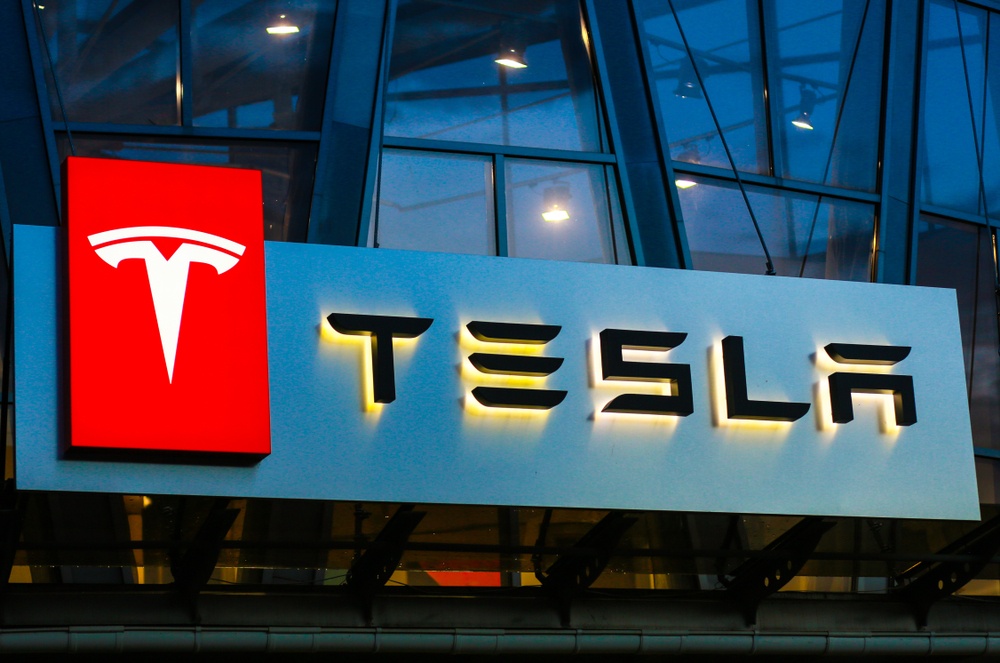Deutsche Bank Analyst Bullish on Tesla, Forecasts Company to Reshape Multiple Industries
Musk recently mentioned that Tesla's second-generation AI supercomputer, Dojo 2, will be put into mass production by the end of 2025, with performance comparable to NVIDIA's B200 training system.

Dojo 2 supercomputer to compete with NVIDIA
Musk recently mentioned that Tesla's second-generation AI supercomputer, Dojo 2, will be put into mass production by the end of 2025, and will rival the performance of NVIDIA's B200 training system.
Optimally designed for computer vision processing and self-driving technology, Dojo is able to handle huge amounts of data and provide more computing power for self-driving AI training.
Musk revealed that the launch of Dojo 2 will mark a significant advancement in Tesla's self-developed AI hardware, but it won't be until the launch of the third-generation Dojo 3 at the end of 2026 that the full potential and long-term success of Dojo will be demonstrated.
xAI and Colossus programs to fuel AI development
In addition to the Dojo program, Musk also mentioned another AI technology advancement he is leading. xAI team has successfully assembled a “Colossus” training cluster of 100,000 NVIDIA H100 GPUs and deployed it in 122 days.
This AI training system is now one of the most powerful in the world and is expected to expand to 200,000 GPUs in the coming months, including 50,000 of the latest H200 chips.
Deutsche Bank has an optimistic outlook for Tesla
Deutsche Bank analyst Edison Yu gave Tesla a “buy” rating and set a price target of $295 in his latest report.
Yu emphasized that Tesla is not just an electric car maker, but a technology platform that spans multiple industries, trying to reshape automotive, energy, mobility, robotics, and more. He argues that Tesla has a unique market position that deserves to be analyzed with a fresh valuation framework.
Yu's valuation framework focuses on four areas: electric vehicles, energy storage, humanoid robots, and self-driving cabs (Robotaxi). He predicts that Tesla will deliver 4 million vehicles annually by 2030, and evaluates Tesla's automotive division on an 8x Enterprise Value-to-Sales Ratio, drawing an analogy with Apple's brand impact. The energy storage division is valued with reference to the 25x Enterprise Value Multiple (i.e., EV/EBITDA) of energy technology company Enphase Energy.
Prospects for Humanoid Robots and Robotaxi
Yu further noted that Tesla's potential in humanoid robotics and Robotaxi is also huge. He assumed that by 2035, Tesla could produce 200,000 humanoid robots priced at ~$50,000 each.Yu analogized the valuation of the division to the way NVIDIA is valued, as these products are centered on AI applications.
Yu's valuation model for Robotaxi assumes that Tesla will have a fleet of about 1 million Robotaxi units by 2025 and may license the technology to other large car dealers, bringing in additional revenue. This area is also evaluated similarly to NVIDIA, as the core of self-driving technology also relies on AI computing power.
Disclaimer: The views in this article are from the original Creator and do not represent the views or position of Hawk Insight. The content of the article is for reference, communication and learning only, and does not constitute investment advice. If it involves copyright issues, please contact us for deletion.